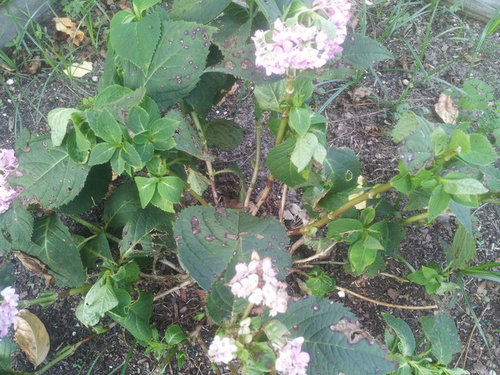Sad little guy...
vega-lyrah
9 years ago
Related Stories

BEDROOMSDesign It Like a Man: Tips for Single Guys Planning a Bedroom
What guys should consider — aside from the Xbox — to design a bedroom that's comfortable, stylish and accommodating
Full Story
HOMES AROUND THE WORLDWorld of Design: 11 Guys and Their Personality-Filled Man Spaces
Take a tour of very individual retreats designed by creative guys around the globe
Full Story
REMODELING GUIDESOne Guy Found a $175,000 Comic in His Wall. What Has Your Home Hidden?
Have you found a treasure, large or small, when remodeling your house? We want to see it!
Full Story
BASEMENTSHouzz TV: This Guy’s Giant Lego Collection Proves Everything Is Awesome
You may have seen our story about this architect’s Lego-filled basement. Now watch the video to see just how he organizes all 250,000 pieces
Full Story
MOST POPULAR8 Little Remodeling Touches That Make a Big Difference
Make your life easier while making your home nicer, with these design details you'll really appreciate
Full Story
SMALL SPACES10 Tips for Chic Little Bathrooms
Get more visual appeal and storage in less space, following the lead of these stylish compact bathrooms
Full Story
HOUZZ TOURSHouzz Tour: A Modern Loft Gets a Little Help From Some Friends
With DIY spirit and a talented network of designers and craftsmen, a family transforms their loft to prepare for a new arrival
Full Story
FURNITUREDesign for Guys: 8 Great Accent Chairs
These Handsome Chaises, Wingbacks, Side Chairs and Lounges Stand Alone
Full Story
DECORATING GUIDES12 Design Tips From Guy-Friendly Spaces
Man up with these ideas from dudes who've navigated the decorating process with style and gusto
Full Story
STORAGEMan Space: A Guy Likes a Nice Closet, Too
If clothes make the man, shouldn't a man make a great space for the clothes? Take inspiration from these dream closets for dudes
Full StoryMore Discussions









luis_pr
oberci
Related Professionals
Bridgetown Landscape Architects & Landscape Designers · Summit Landscape Architects & Landscape Designers · Bethlehem Landscape Contractors · Arlington Landscape Contractors · Peabody Landscape Contractors · Canton Landscape Contractors · Canyon Lake Landscape Contractors · Fruit Heights Landscape Contractors · Huntley Landscape Contractors · Lake Worth Landscape Contractors · Plainview Landscape Contractors · Beaumont Siding & Exteriors · Fairfax Siding & Exteriors · Ramona Siding & Exteriors · Riverside Siding & Exteriors